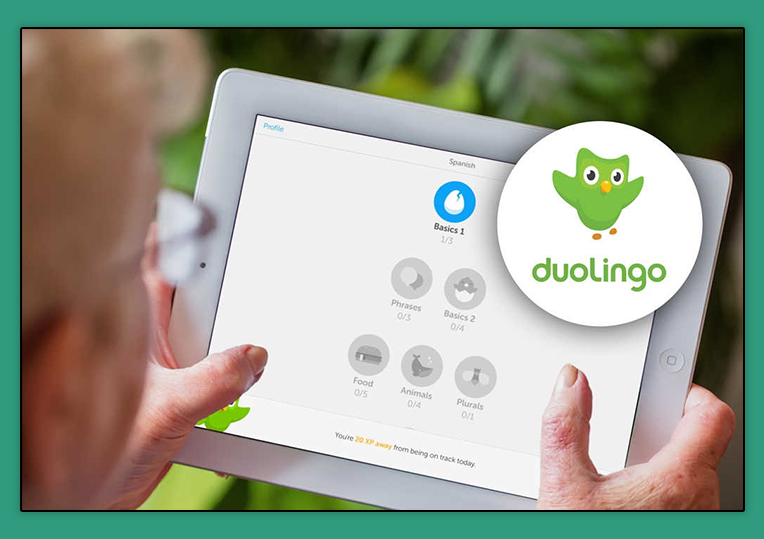
Brand Media: Fundamentals, Principles and Strategies of Work
Brand media are becoming a tool to attract the attention of customers and strengthen long-term relationships with them through telling a business about itself.
Brand media plays a big role in the information society. This is a strategic approach to the promotion of goods and services, which allows companies not only to advertise products, but also to form a brand image.
The Basics of Brand Media
In brand media, content is used to convey the company’s values to consumers, which further determines sales, loyalty, and reputation. Working on the principle of “don’t sell goods, tell stories”, organizations use various formats: articles, videos, podcasts to establish a long-term connection with the audience.
The Objectives of Brand Media
Recognition
The goal is to make it easier for consumers to recognize the brand and associate it with certain characteristics and values. For example, the IKEA trade group focuses on family values, and the PR campaign is aimed at the appropriate audience. As a result, when there is a need to buy furniture for children in the children’s room, the idea to open the IKEA store catalog comes by itself.

Formation and Maintenance of a Positive Image
Brand media creates an image of a company that meets its goals and evokes positive emotions from the audience. For example, Christian Dior started as a fashion house for the elite. With the help of advertising and screenings, she created an appropriate image for herself by the 1950s. Customers of Dior dresses were given a sense of being chosen, so the company, despite the exclusivity of the product, was popular.
Retention and Customer Acquisition
Media campaigns are aimed not only at retaining the existing audience, but also at finding a new one.
Development of the Brand Community
The creation and development of the community is carried out through social networks, forums, public events and other platforms where brand fans can communicate with each other and with company employees.

Consumer Education
Through media, you can train your audience to use the brand’s products and services. Creating informational content, educational videos and other materials will help in this.
Increased Sales
Brand media is indirectly aimed at stimulating sales through various strategies, such as holiday offers, promotions, advertising campaigns, etc. But such a media does not and should not have a goal to sell directly.
Among the successful brand media, one can single out the Red Bull PR campaign, which uses video content to promote drinks and promote an active lifestyle.
And the Airbnb campaign is based on a blog with travel notes and travel stories.
A feature of these campaigns is content that does not impose a product or service, but instead offers interesting, useful and entertaining information.
Who Needs Brand Media
It is worth noting that not all organizations need such a project. Let’s consider who can think about it:
- Companies whose goal is to teach the audience how to use the product. This is relevant for the fields of education, software, and technology.
- Organizations that have created a new product and now want to generate demand for it through content.
- Companies whose services are designed for a long time. For example, foreign language schools, real estate agencies, etc. In such cases, with the help of content, you can create a sales funnel, thanks to which the business will attract new customers.
- Brands with a specific target audience. A niche media that attracts people with similar interests is suitable for her. For example, these are university publications whose target audience is applicants and students.
- Companies with public goods and services. The goal of the PR strategy in this case is not to sell once, but to encourage repeat purchases with the help of interesting content.
Principles of Brand Media
Benefits for the audience
Content should not only be interesting, but also useful, solve problems, entertain, and create a positive experience for users.
Compliance with brand values
The materials should convey the values and image of the brand. This helps to create a holistic perception of the company among consumers and strengthen its position in their minds.
Multichannel
Brand media works effectively through various channels such as social networks, blogs, podcasts, videos and other online platforms. The variety of channels allows you to reach different audience segments. But it is not necessary to use everything at once, you can limit yourself to a couple of channels where the target audience is located.

Long-term strategy
Brand media does not produce instant results! This is a long-term game aimed at creating and strengthening relationships with the audience. The constant creation of high-quality content contributes to a gradual increase in loyalty.
Interaction and feedback
It is important to create mechanisms for interacting with the audience, allowing them to express opinions and suggestions. Feedback helps the brand to better understand people’s needs.
Analytics and measurement of results
An analysis of the strategies used is necessary in any long-term project. In brand media, you need to monitor the number of subscribers, user reactions to content, engagement in its discussion, desire to share publications, etc.
How to Create an Effective Strategy for Brand Media
1. Goals and target audience
Goals: Determine exactly what you want to achieve (increase awareness, improve engagement, promote products, etc.).
Target audience: Study customers — their interests, preferences, online behavior and the channels they use. Focus on potential customers who will benefit from and access the product.
2. Content
Unique and valuable content: Develop content that will be interesting and useful to the audience.
Variety of formats: Vary the types of content (articles, videos, infographics, audio, etc.) to attract users with different interests.
3. Channel Search
Platform analysis: select social networks, websites, and platforms where the audience responds most actively to the company’s proposals.
Platform optimization: adapt the content according to the specifics of each site. For example, articles are for a blog, and from one article there are several posts on social networks.
4. Regularity and “tone of voice”
Constant updating: Update the content to keep the audience’s attention. Follow the latest trends in the niche so that the content for users does not lose relevance and helps them navigate the world.
Maintaining style and tone: respect the brand’s values and policies. Editorial policy includes the style of texts, rules for writing words and addresses to the audience, the structure of publications (articles, posts, videos, etc.), a selection of topics.
5. Interaction with the audience
Actively interact with subscribers, respond to comments and reviews, and take into account their opinions. Fast and effective employee responses to customer requests are highly appreciated.
Conclusion
Brand media is a long—term strategy that requires constant attention and adaptation to changing trends and audience needs. Working in this area allows brands to build strong and mutually beneficial relationships with customers. If you want to have a reliable partner in building your brand media business, contact WGG advertising agency!























